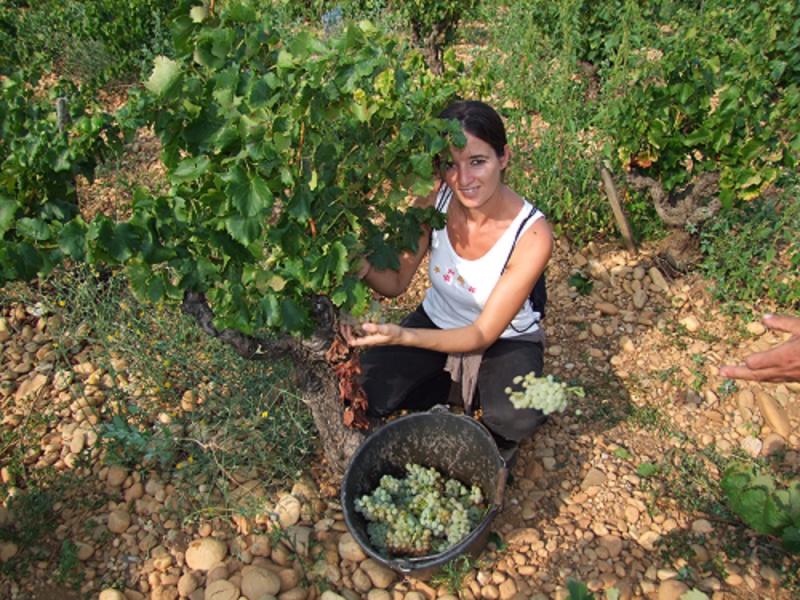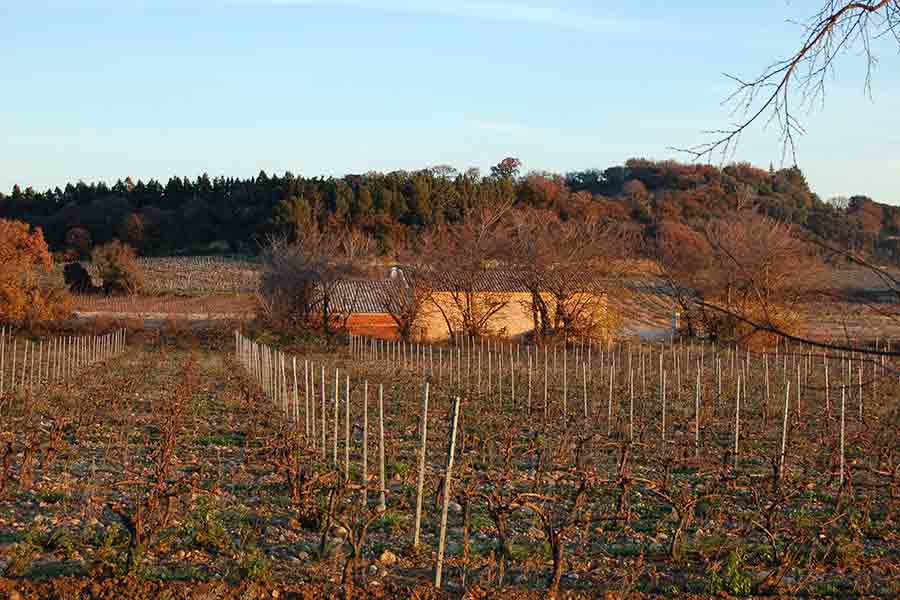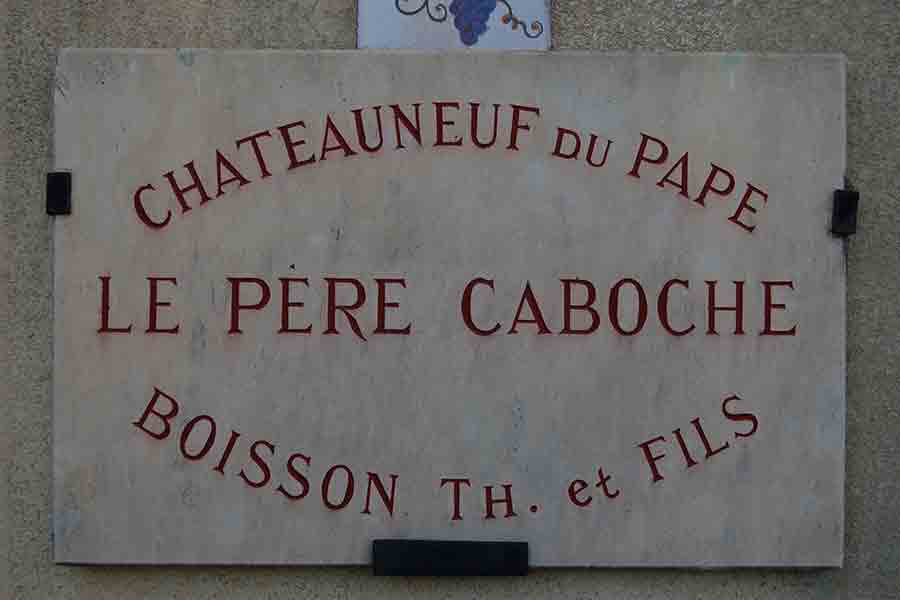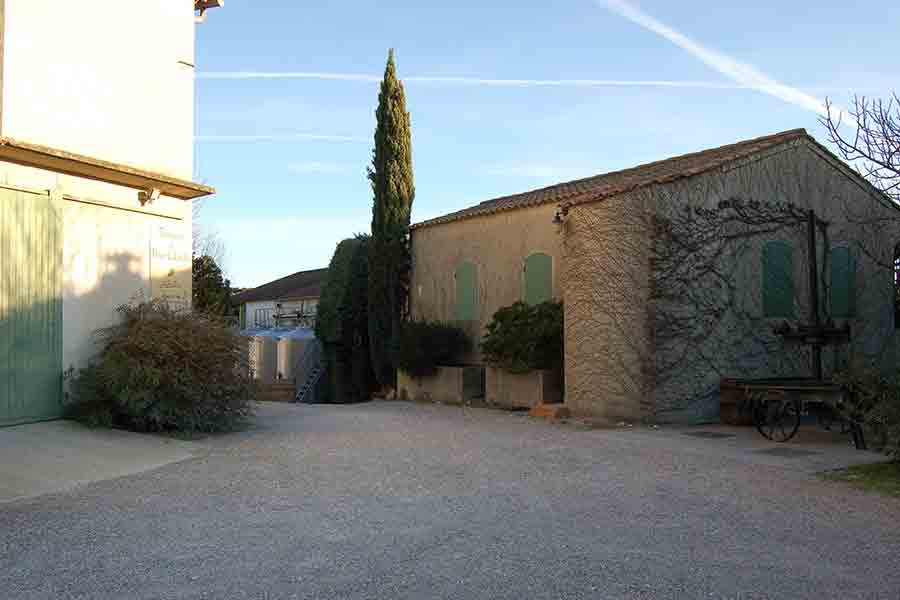Producer: Chateau la Cote
Wine: 2015 Cotes du Rhone Villages, Chateau La Cote
Varietals: 55% Grenache, 20% Syrah, 20% Carignan, 5% Mourvèdre
Nose: The nose is pretty, elegant, complex and red fruit-driven (raspberries, strawberries) with licorice, soft spices and hints of sage.
Palate: Juicy acidity, beautiful sweet jammy taste, enhanced with notes of licorice and pepper, supple and polished palate with fresh and silky tannins.
Food: Barbecued chicken, meat loaf, pizza, cold cuts, braised lamb with potatoes,
Cellaring: Drink now
Customer Reviews
Producer: Chateau la Cote
Wine: 2015 Cotes du Rhone Villages, Chateau La Cote
Varietals: 55% Grenache, 20% Syrah, 20% Carignan, 5% Mourvèdre
Nose: The nose is pretty, elegant, complex and red fruit-driven (raspberries, strawberries) with licorice, soft spices and hints of sage.
Palate: Juicy acidity, beautiful sweet jammy taste, enhanced with notes of licorice and pepper, supple and polished palate with fresh and silky tannins.
Food: Barbecued chicken, meat loaf, pizza, cold cuts, braised lamb with potatoes,
Cellaring: Drink now
DOMAINE DU PERE CABOCHE
Châteauneuf-du-Pape, Southern Rhone

For centuries, Jean-Pierre Boisson’s ancestors have been both wine growers and blacksmiths. The family’s nickname “Caboche” derives from the old Provencal word for horseshoe nails, by which the estate is still known. Jean-Pierre is the former long-serving mayor of Châteauneuf-du-Pape. Today, his daughter Emilie runs the domaine and is proud to follow a traditional approach to winemaking that respects the environment and allows for the vines to grow to their best potential.
Domaine du Père Caboche covers 156 acres of which 42 acres located in Chateauneuf-du-Pape and the rest Cotes du Rhone or IGP Vaucluse.
Cotes du Rhone Villages, Chateau La Cote
The vines are on average 55 years old and are grown in the village
of Pujaut, 3.7 miles south of Châteauneuf-du-Pape.
The harvest is manual at maximum
maturity. Triage, light manual pressing and destemming.
Temperature controlled fermentation and maceration for a
month. Blending and aging for 12 to 14 months in oversized
neutral oak casks.

Along the length of its winding waters and gentle banks, the Côtes du Rhône vineyards flourish across 171 communes.
The Rhône Valley has always been a convenient link between the Mediterranean and Northern or Atlantic Europe. Significant archaeological finds, along with historical studies, have established that the Côtes du Rhône was one of the world’s first winegrowing regions. As early as 125 BC, the Romans founded the town and vineyards of Vienne planting vines and building walls to protect the terraces. They made it into one of the most attractive areas in the Gallic region. In the Middle Ages and into the Renaissance, wine production here was detailed in various written documents, and certainly by the 17th and 18th century, winemaking in the Rhône Valley was thriving. In 1650, regulations were introduced to ensure that the wine was authentic, and to safeguard its quality. Later, in 1737, a royal decree stipulated that all barrels destined for sale or transport must be branded with the letters “C.D.R”. The area’s fame increased further still and was formalized in 1937, when it became the AOC (Appellation d’Origine Contrôlée) Côtes du Rhône.
Information by Vins Rhone





